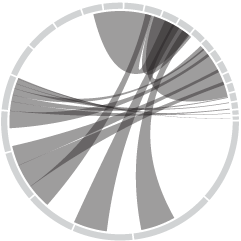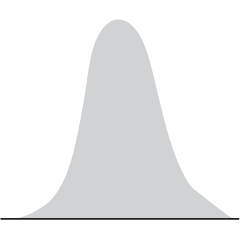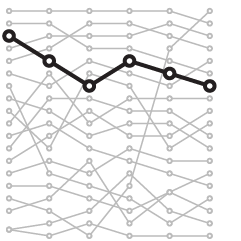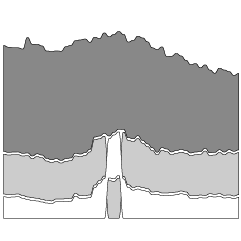FlightAware is a live flight tracker that lets you look up a flight to see where a plane is (and also provides a for-fee API). Their new MiseryMap focuses on delays and cancellations, a sore spot for all fliers and especially relevant given the holiday season and wintery weather. Donuts on the map represent on-time flights in green and delayed and canceled ones in red.
They also show weather underneath, which is important context and a leading cause of misery. However, I wish there was a legend to tell me what those rainbow spectrum clouds mean.

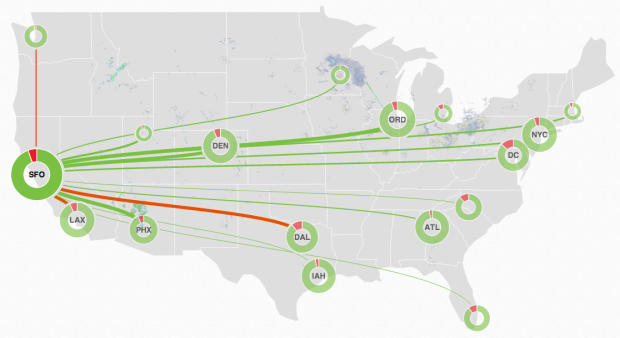

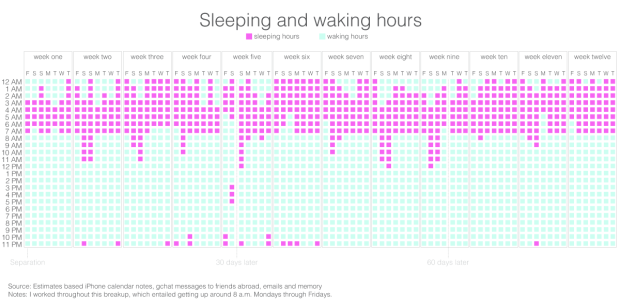


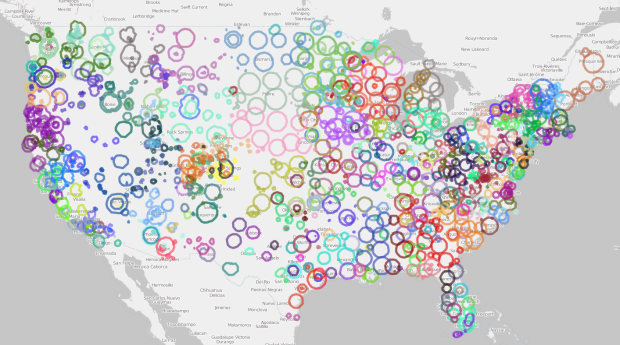
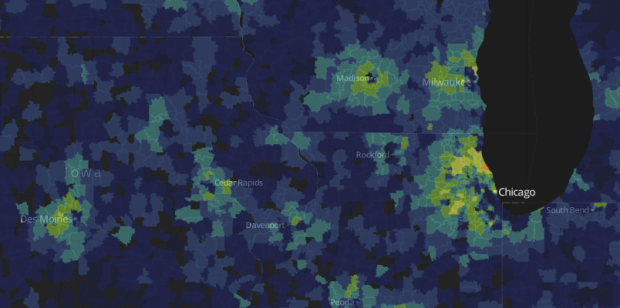
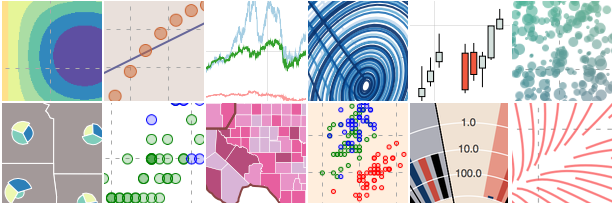

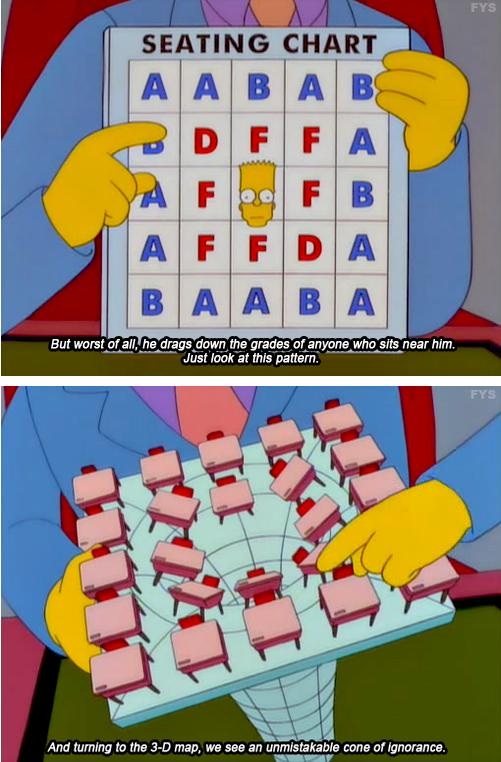


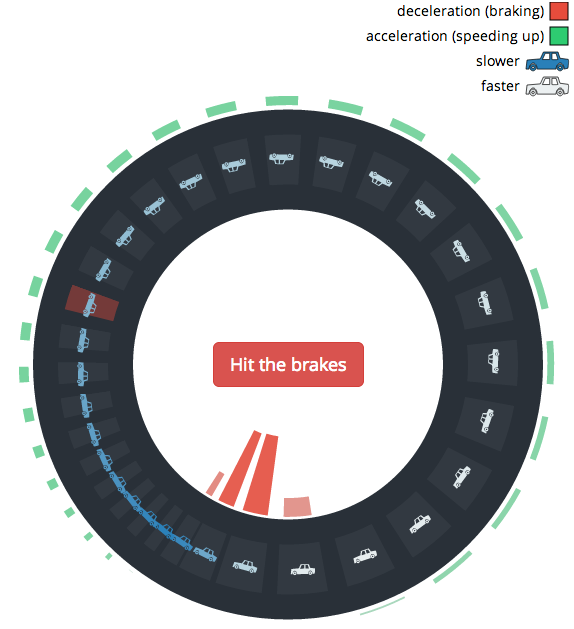
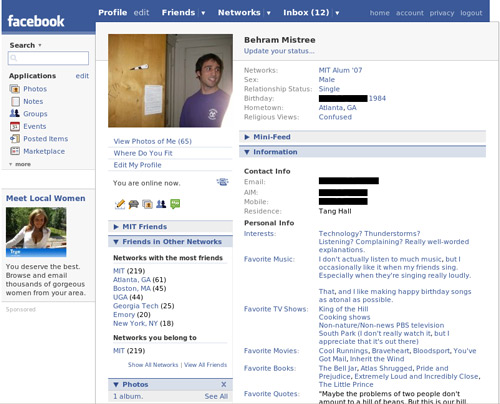

 Visualize This: The FlowingData Guide to Design, Visualization, and Statistics (2nd Edition)
Visualize This: The FlowingData Guide to Design, Visualization, and Statistics (2nd Edition)
